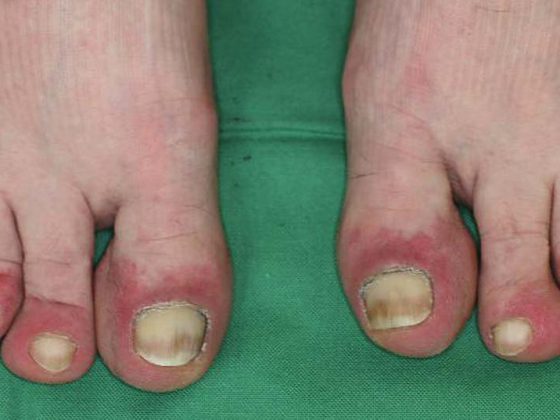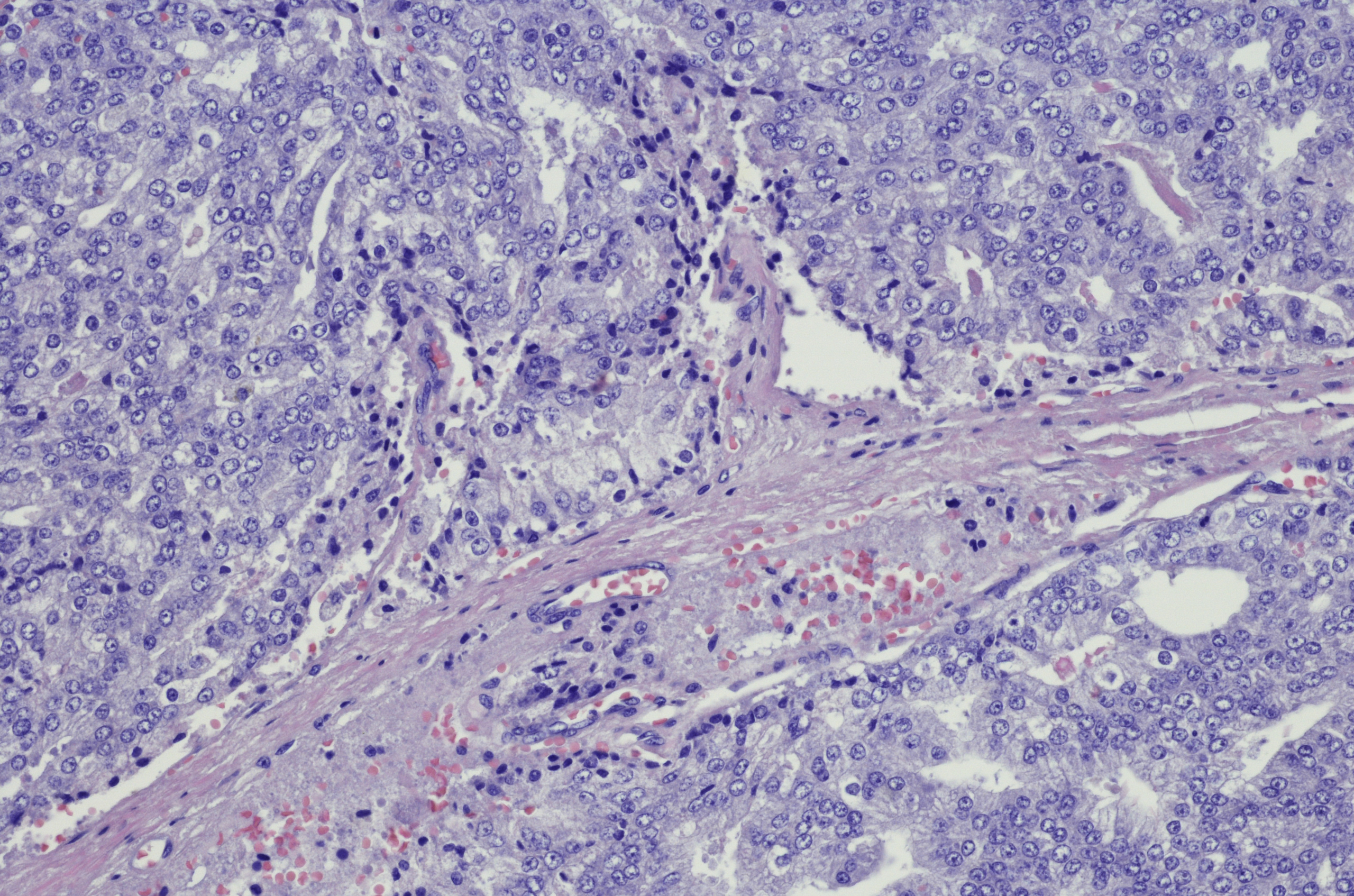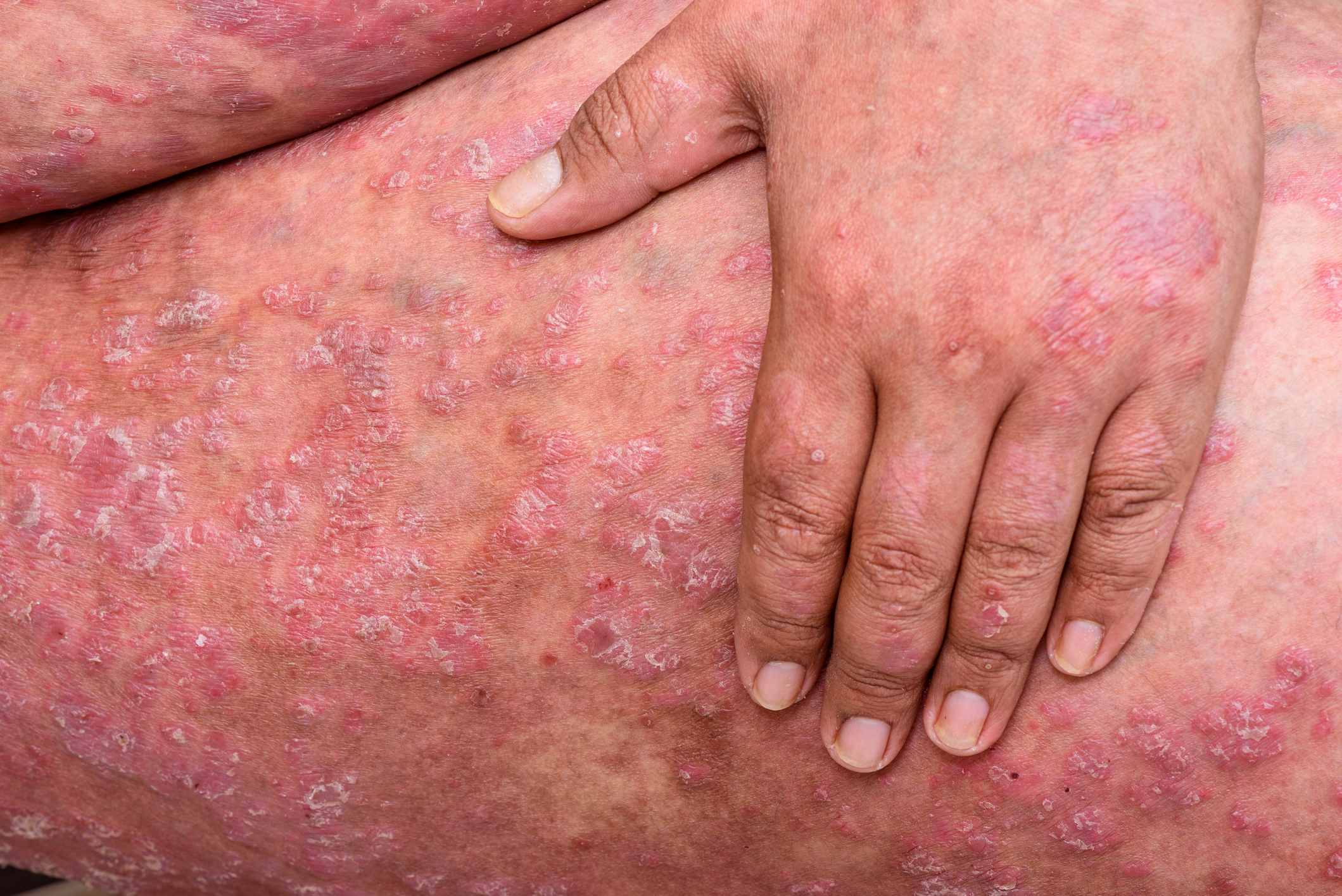With regard to osteoporotic fractures, Switzerland is one of the high-risk countries together with Sweden and the USA. A 50-year-old Swiss woman has a 51.3% risk of suffering an osteoporotic fracture in the rest of her life. For men, the risk is significantly lower at 20.2%, but still significant [1]. Prof. Dr. med. Marius Kränzlin, Basel, gave an overview of the current recommendations on the diagnosis and treatment of osteoporosis at this year’s annual meeting of the SGIM.
Although more and more figures suggest that fracture incidence is decreasing since the introduction of bisphosphonates, the number of hospitalizations due to osteoporotic fracture increased by 17% and hospitalization costs by as much as 30% from 2000 to 2008 in Switzerland [2]. These figures show how important it is to identify patients at high risk in order to treat them appropriately. “While we know that a one standard deviation decrease in bone density doubles the relative risk of fracture, we have nevertheless had to learn in recent years that densitometry is not suitable for screening because the specificity decreases with >80% is very good, but the sensitivity is poor,” said Prof. Marius Kränzlin, MD, Basel, in his presentation at this year’s annual meeting of the SGIM.
On the one hand, 50% of osteoporotic fractures occur at the osteopenic stage, i.e. before the diagnostic threshold (T-score -2.5) is reached; on the other hand, there are patients with a very low T-score who do not suffer a fracture for many years. This shows that bone density is not the only factor in fracture risk. In many countries, including Switzerland, the so-called case-finding strategy is therefore recommended instead of densitometry screening. In addition to recording previous osteoporotic fractures – the greatest risk for a new fracture – other factors that increase the risk of fracture are recorded (Table 1).
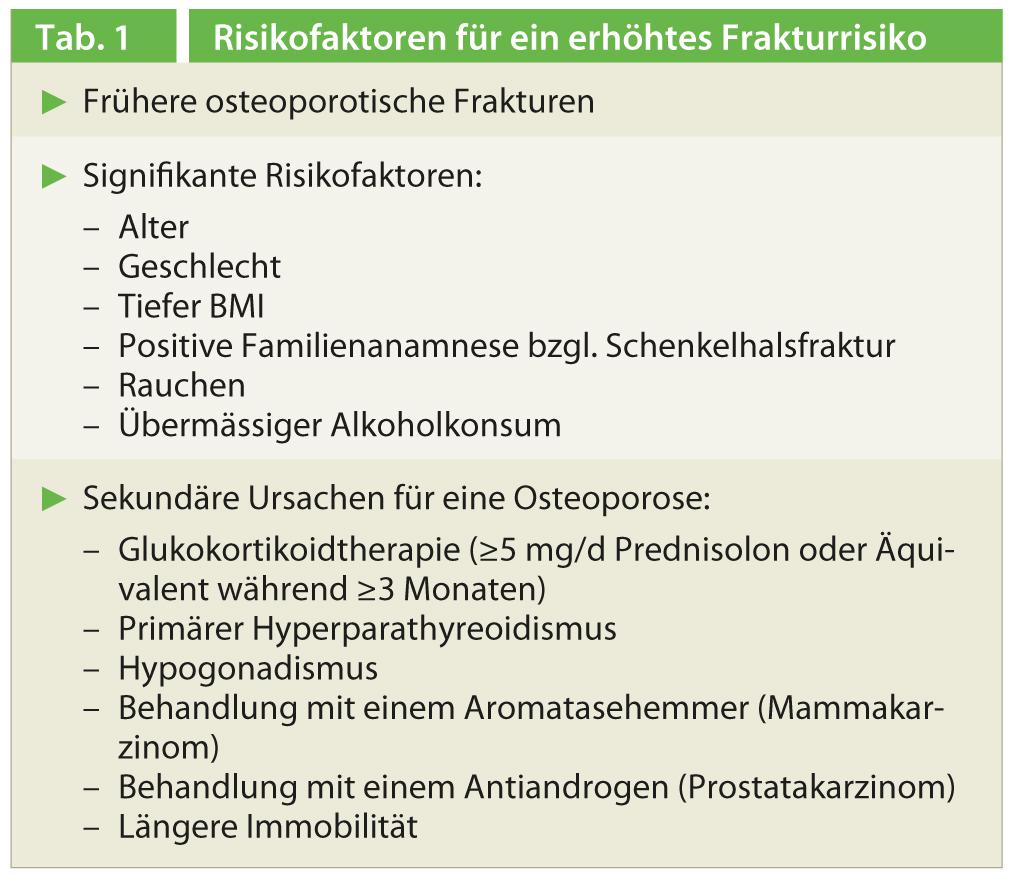
Further clarification is only performed if risk factors are present. A suitable tool for identifying patients at increased risk is the WHO Fracture Risk Assessment Tool (FRAX), which combines the various risk factors in a specific algorithm. Even without bone densitometry, a patient’s individual absolute fracture risk can be calculated using this risk calculator, which is available online at www.shef.ac.uk/FRAX/ or as an iPhone app. Depending on the result, densitometry can then be performed to determine the risk more precisely and the result can be included in the FRAX calculation.
Dealing correctly with the calculated fracture risk
The calculation of the fracture risk is the basis for the treatment decision. In patients who have already suffered a vertebral or femoral neck fracture, all guidelines agree that the indication for drug therapy is given here. For pre-existing non-vertebral fractures, the indication for treatment can be based on the FRAX and the intervention threshold defined for the respective country or on densitometry (T-score -2). “In Switzerland, we agreed to use the FRAX and only do densitometry if the fracture risk is too high,” Prof. Kränzlin explained.
The treatment decision is more difficult in patients without fractures. In the United States, a T-score of -2.5 or a 10-year fracture risk of ≥15-20% is generally considered an indication for drug treatment, regardless of age. In England, Switzerland, and France, an age-adjusted risk threshold is applied instead, i.e., drug therapy is recommended when the estimated absolute 10-year risk of osteoporotic fracture is equal to the absolute risk of a person of the same age with prevalent fracture (Table 2).
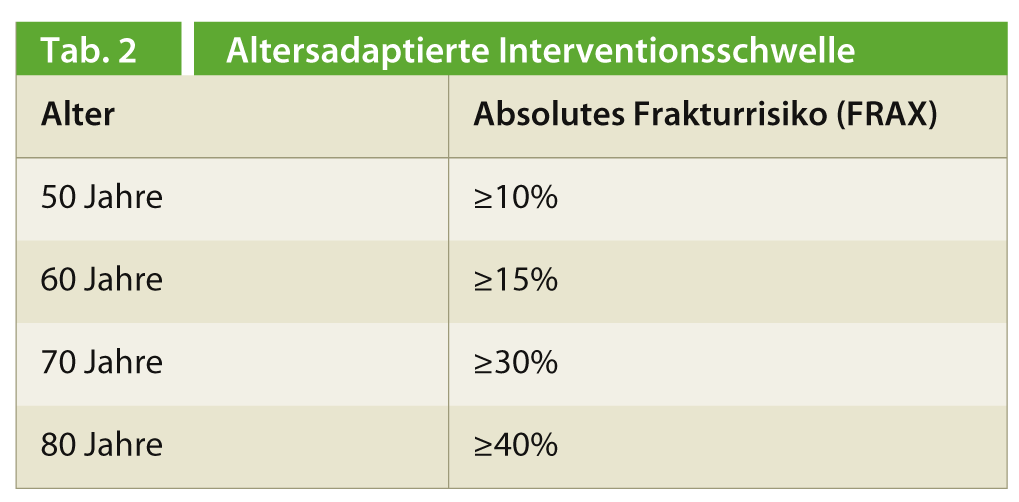
This is the only way to ensure that no patients are treated unnecessarily. Furthermore, as a study published in 2012 showed, this approach is cost-effective in all age groups [3].
A whole range of preparations is available today for treatment. For the bisphosphonates, the selective estrogen receptor modulators (raloxifene, bazedoxifene), the estrogens, the RANKL antibody (denosumab), and teriparatide (recombinant parathyroid hormone), there is very good evidence (grade A) that the risk of vertebral fractures can be significantly reduced. For non-vertebral fractures, the bisphosphonates, denosumab and teriparatide in particular reduce the risk of fracture [4]. In the next few years, several other compounds are expected, currently still in phase III clinical trials, such as a catepsin K inhibitor (odanacatib) and the anabolic anti-sclerostin and anti-thickhead antibodies.
Treatment breaks are important
“But how long should treatment actually last?” asked Prof. Kränzlin, bringing us to a point that is currently the subject of intense debate. Studies show that after three years of treatment, bisphosphonates continue to have an effect for at least three years after discontinuation, which is why a break in treatment can be taken in most cases [6]. Only those patients in whom the femoral neck T-score is still <-2.5 after three to five years of treatment will benefit from continued therapy [7]. “For high fracture risk, we recommend bisphosphonate therapy for five to seven years, and for moderate risk, three to five years, then a break and follow-up. For denosumab, at this stage we also recommend a break in treatment after three to five years, although we do not yet know exactly what happens after discontinuation,” said Prof. Kränzlin, summarizing the recommendations of the Swiss Osteoporosis Association (SVGO).
One reason for limiting the duration of therapy is also the increased complication rate under long-term bisphosphonate treatment. Although the risk of osteonecrosis of the jaw is not very high with osteoporosis therapy (1:10,000 vs. 1:100 with oncologic therapy), one must be aware that bisphosphonate accumulates in the jaw after a tooth-jaw procedure, which significantly increases the risk of osteonecrosis [8]. Dentoalveolar procedures should therefore not be performed until eight weeks after the last administration of intravenous bisphosphonates, and treatment should not be resumed until the maxillary tooth has healed completely.
Another complication suffered by patients who have been receiving bisphosphonates for several years and complain of pain in the thigh is atypical femur fracture. These fractures occur spontaneously, are typically horizontal, and have cortical thickening in the fracture area. Since this thickening can be detected radiologically in advance, it is worthwhile to take an X-ray in the above situation. After discontinuation of bisphosphonates, the risk of atypical fracture normalizes after only six to twelve months.
Source: 81st Annual Meeting of the SGIM, May 29-31, 2013, Basel.
Literature:
- Lippuner K, et al. Remaining lifetime and absolute 10-year probabilities of osteoporotic fracture in Swiss men and women. Osteoporos Int 2009; 20: 1131-1140.
- Lippuner K, et al. Fracture hospitalizations between years 2000 and 2007 in Switzerland: a trend analysis. Osteoporos Int 2011; 22: 2487-2497.
- Kanis JA, et al. European guidance for the diagnosis and management of osteoporosis in postmenopausal women. Osteoporos Int 2008 Apr; 19(4): 399-428.
- Lippuner K, et al. Cost-effective intervention thresholds against osteoporotic fractures based on FRAX® in Switzerland. Osteoporos Int 2012; 23: 2579-2589.
- Murad MH, et al. Clinical review. Comparative effectiveness of drug treatments to prevent fragility fractures: a systematic review and network meta-analysis. J Clin Endocrinol Metab 2012; 97: 1871-1880.
- Black DM, et al. The effect of 3 versus 6 years of zoledronic acid treatment of osteoporosis: a randomized extension to the HORIZON-Pivotal Fracture Trial (PFT). J Bone Miner Res 2012; 27: 243-254.
- Schwartz AV, et al. Efficacy of continued alendronate for fractures in women with and without prevalent vertebral fracture: the FLEX trial. J Bone Miner Res; 25: 976-982.
- Rizzoli R, et al. Osteonecrosis of the jaw and bisphosphonate treatment for osteoporosis. Bone; 42: 84-847.
Family Practice 2013; 8(9): 50-51




